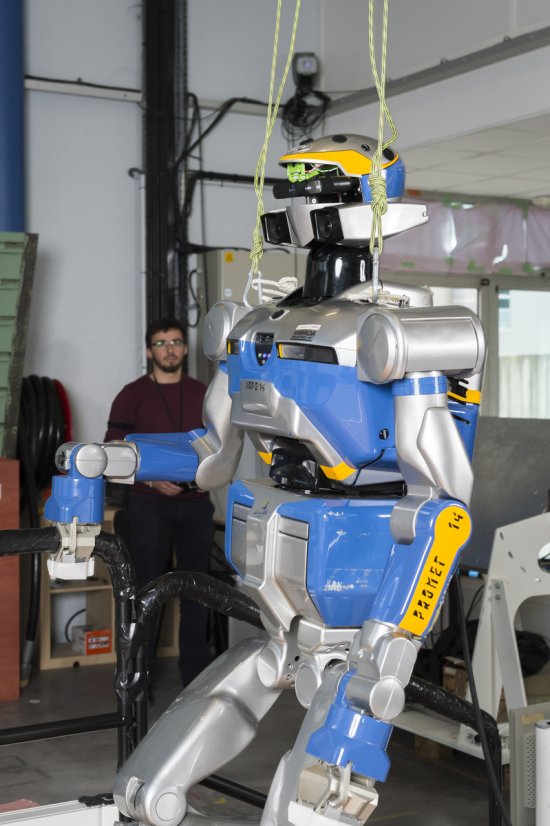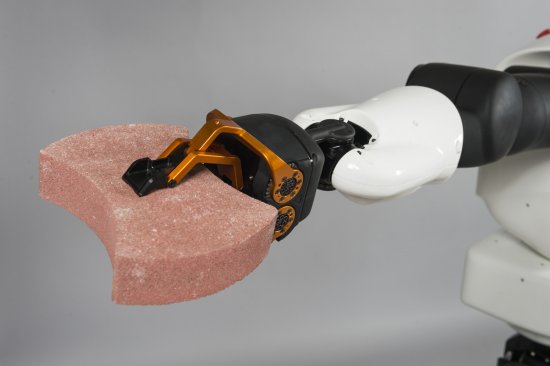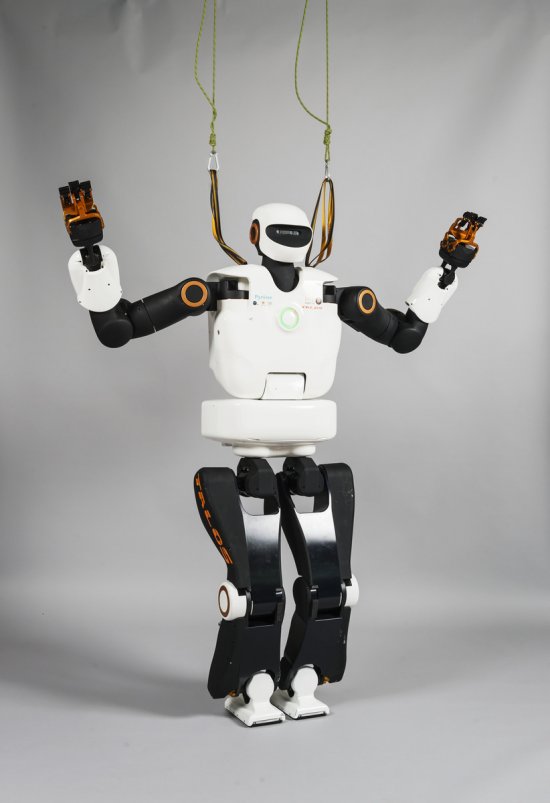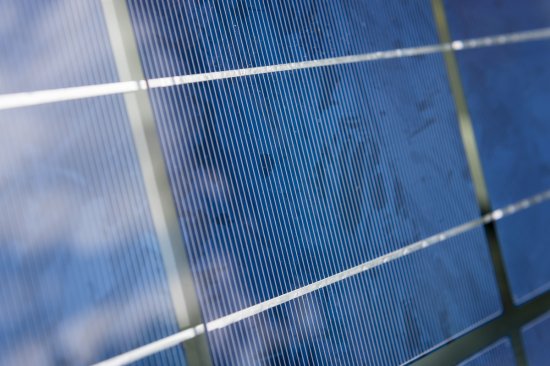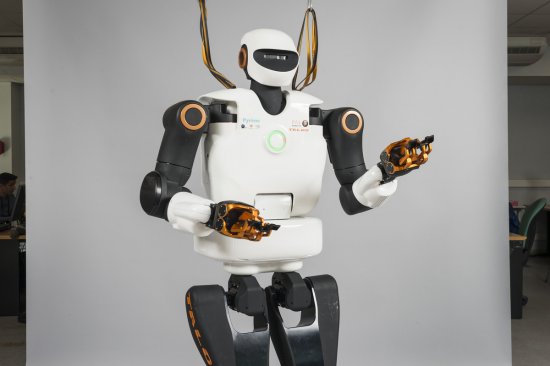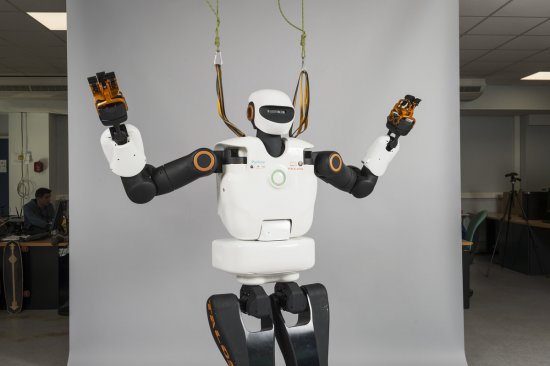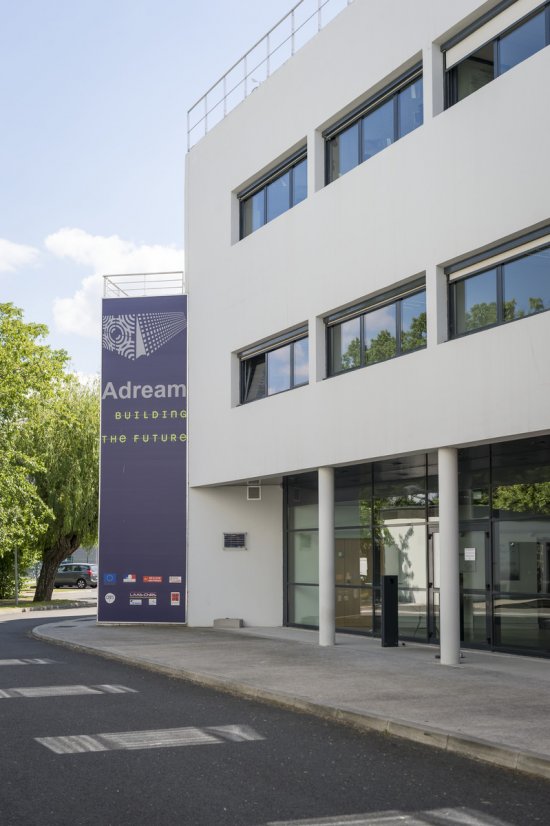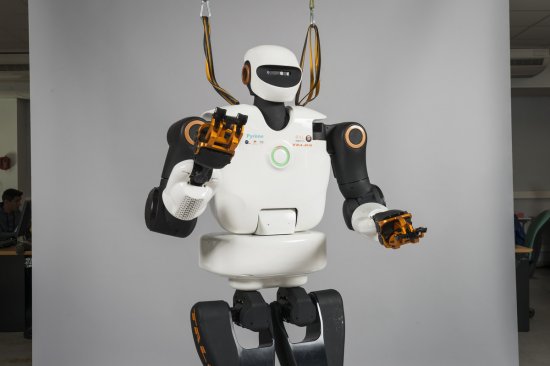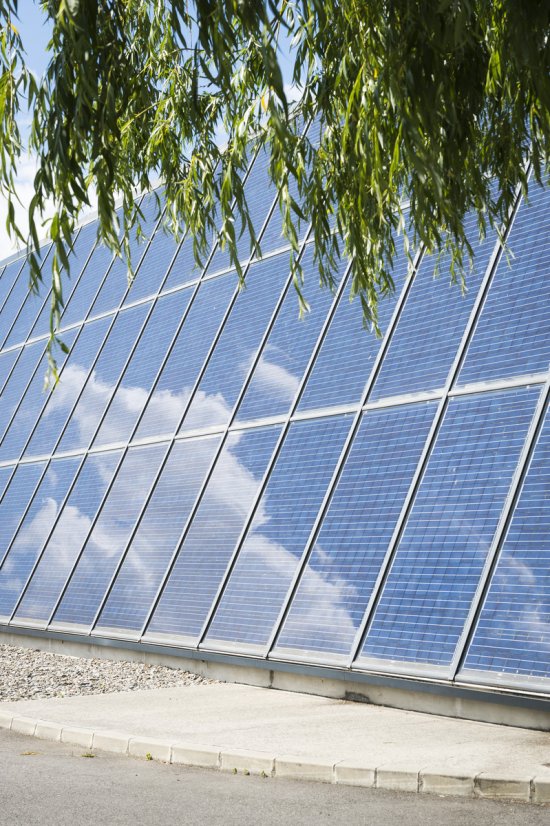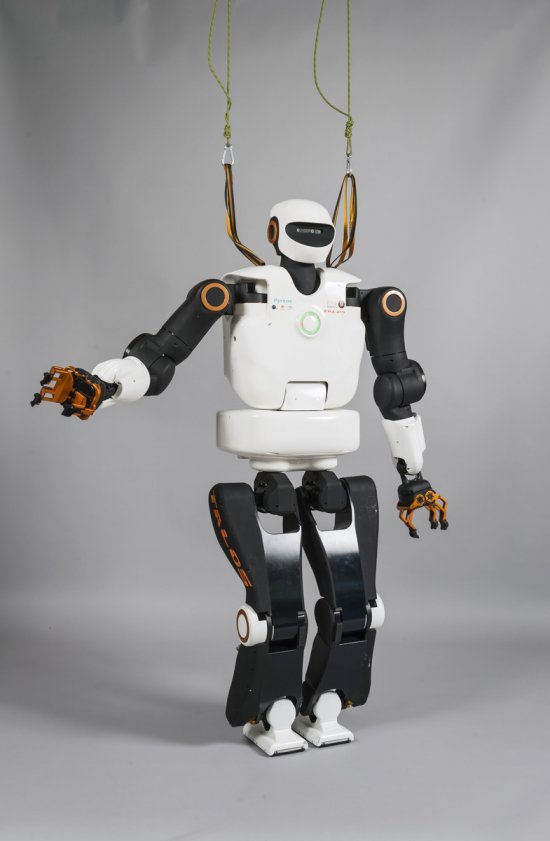
Laboratoire d'analyse et d'architecture des systèmes (LAAS-CNRS)
TOULOUSE CEDEX 4
In order to anticipate the major interdisciplinary challenges posed by emerging and future systems and services, LAAS-CNRS has identified four strategic axes based on the four disciplinary fields (computer science, robotics, automation and micro and nano systems) that have been the hallmark of the laboratory since its creation: Ambient Intelligence, Living, Energy, Space.









